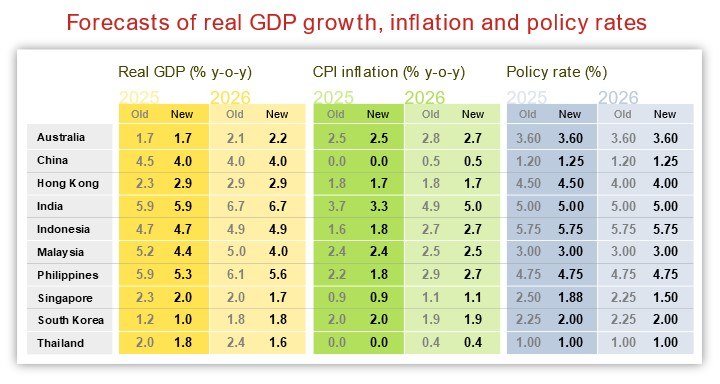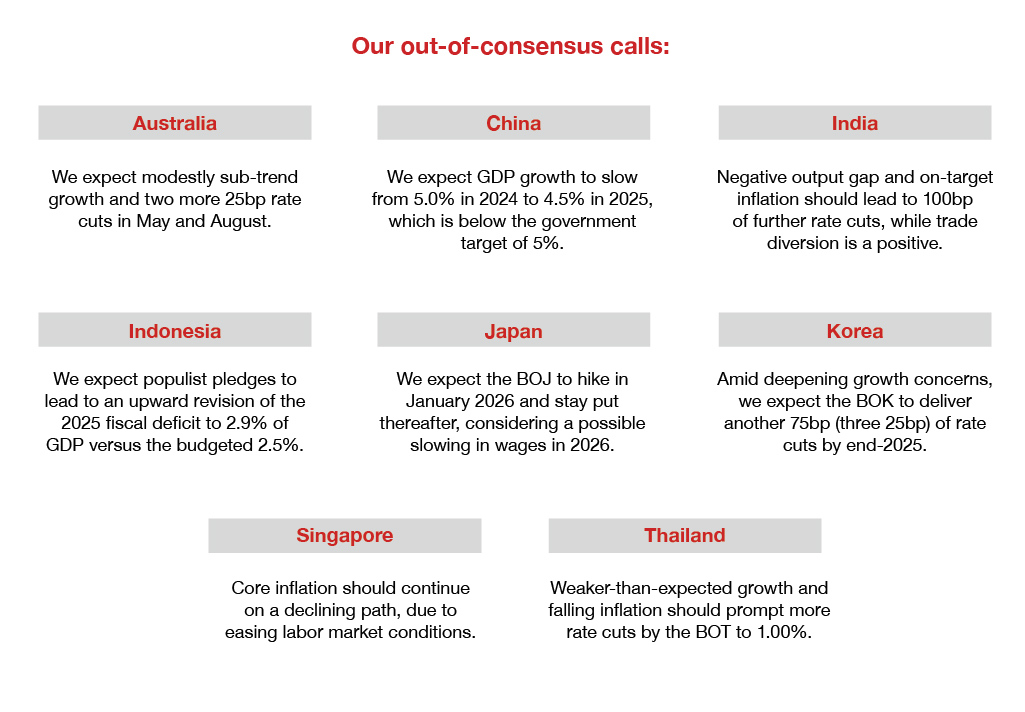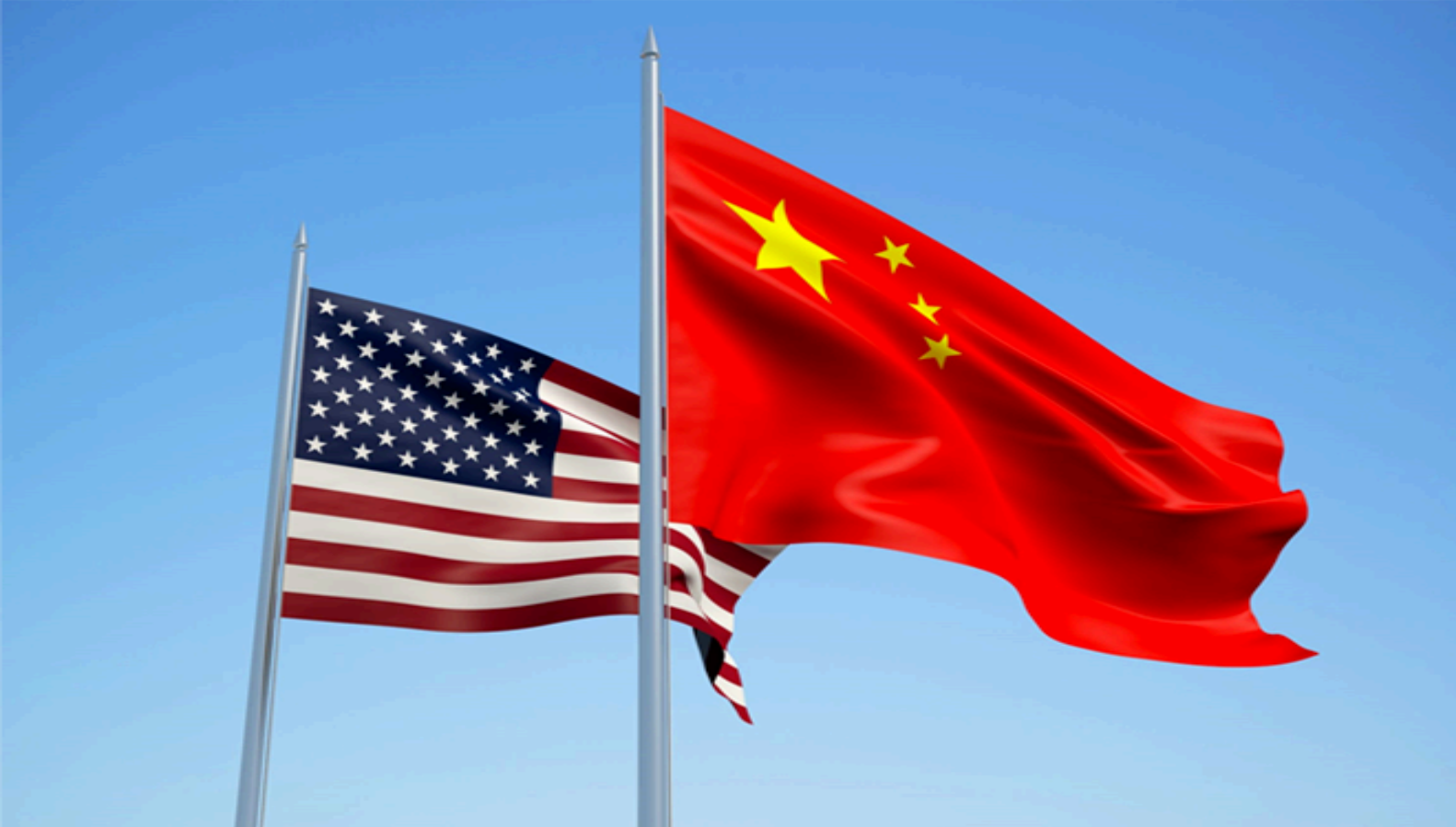Hopes of US trade deals with key allies and a thawing of US-China tensions have diverted the market’s attention away from the economic impact of ongoing tariffs.
US imports skyrocketed in Q1 ahead of the anticipated tariffs. While this jump was led by the EU, Asian economies have also benefited. Within Asia Pacific, Vietnam, Australia, India, Malaysia, Thailand and Laos were among markets where frontloading was most visible. There was limited evidence of such frontloading from China, probably reflecting the earlier imposition of US tariffs on the country in February and a rerouting of China exports via third countries.
The trouble with frontloading is the after-effects. We expect US real import growth to plunge after the frontloading-driven surge. This could deliver a one-two punch for Asian exporters, due to the payback effect after frontloading and weaker US consumer demand due to tariff-driven price increases. Demand outside the US is already soft, with Asia’s exports to the rest of the world still tepid, alongside more recent signs that China’s demand is softening, with its manufacturing PMI back in the contraction zone and a sharp drop in its import orders. It seems a big export shock is approaching, and we expect a double-digit decline in Asia’s export growth in H2 2025.
Expectedly, tariffs are affecting businesses everywhere. The sectors most impacted are those heavily integrated into global supply chains, highly exposed to US-China trade, and reliant on cross-border sourcing. These include electronics, autos and consumer goods. The logistics and shipping sectors have also been hit indirectly due to lower trade volumes.
Tariffs have also increased costs and are expected to hurt profitability of companies. The burden of higher tariffs is being passed on to consumers in the case of low-end consumer items where margins are wafer thin. Given the higher tariffs on China, trade-production diversion and transshipment are underway. Firms are sourcing more from newer destinations such as India and Guatemala or from within the US. A decline in shipments from China to the US, but a rise in shipments from China to the rest of the world and the rest of the world to the US, implies ongoing transshipment via third countries.
Even if a trade deal or truce is negotiated, the economic damage is already done. The massive frontloading of US imports ahead of anticipated tariffs artificially boosted global and Asian export growth. That means a large payback ahead, especially for Asia’s electronics and tech-related exports. Corporates are reporting lower operating profits due to tariffs, making them more cautious on capex and increasing their focus on cost-cutting measures. Uncertainty has led to a slowdown in new orders and import demand is beginning to moderate across economies. Overall, fact-based evidence suggests a double-digit decline in export growth is in store for Asia.
Read our analysts’ complete views here.








